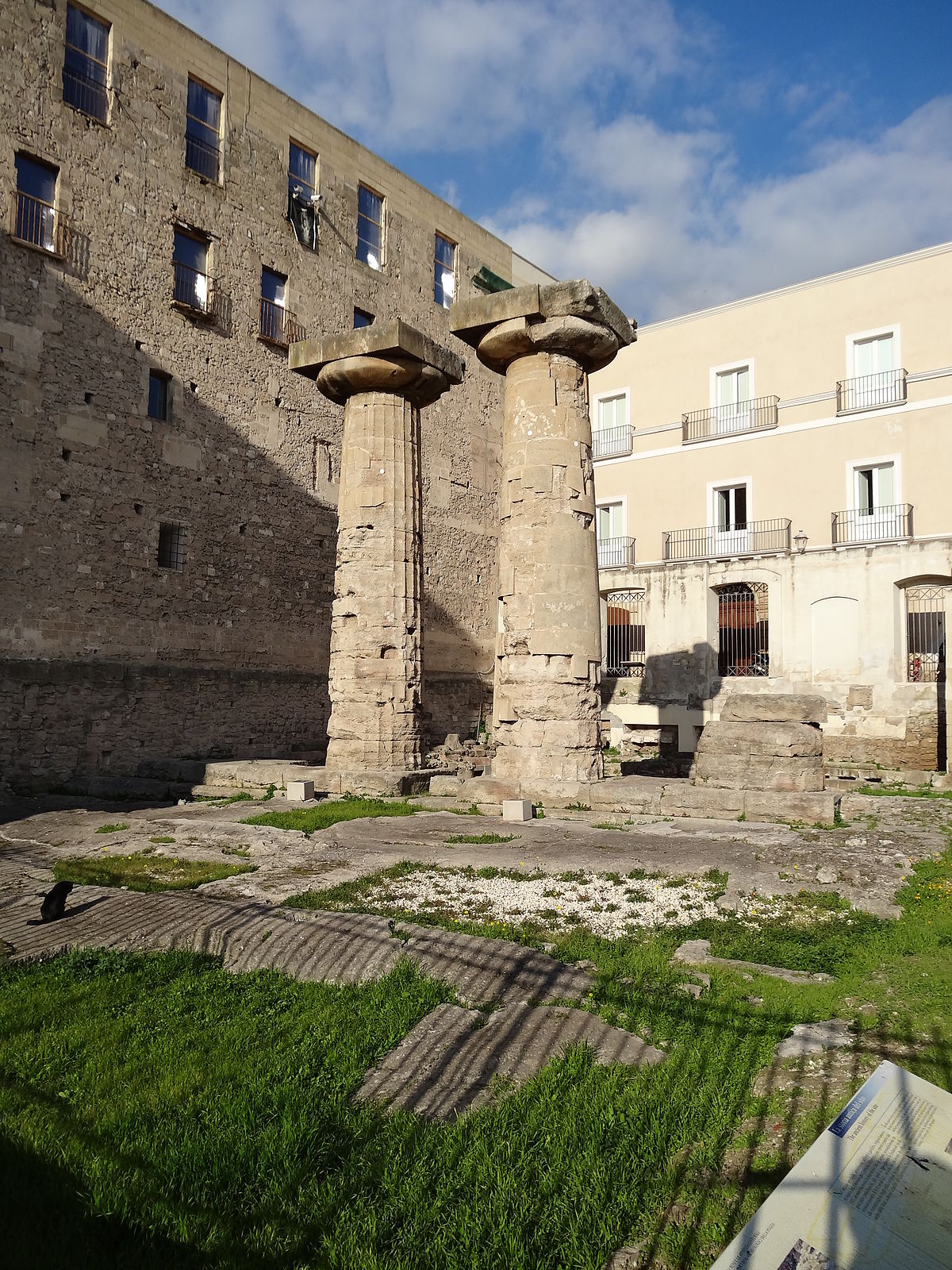(I'll post here as well, since the other, much more recent and up to date thread covers Germany alone)
I apologise if I am late to proposing some feedback, but I had not followed much of the development diaries of the game prior to the official announcement.
Anyway, I'd like to propose a couple of fixes to my local area, the province of
Vicenza in Northern Italy.
Compared to the (older) Italy feedback thread I checked before commenting here, I noticed that a couple of errors have already been fixed (Lonigo and Vicenza itself, which are now Vicenza and Schio in the current version, respectively), but some others persist as probably a consequence of that initial mixup.
1) the names of the three locations inside the Vicenza province (Vicenza, Schio and Bassano) are now correct, nothing to add there.
2) climate: I'd swap Schio and Bassano being continental and sub-tropical, or even let Bassano as it is and add Schio to the group of continental climate locations. The Schio location includes most of the NW part of the Vicenza province, which presents more hills and 1500-2000m peaks as well (more on topography below). As a consequence, climate here is much closer to Germany than let's say the rest of the Po Valley (unfortunately, I'd add).
3) topography: I'd add hills to the Schio location and either leave hills to the Vicenza one (to represent both the colli Berici and colli Euganei) or make that flatlands instead. Again: as a local it doesn't really make much sense to see the Schio location as flatlands, especially with an immediate switch to the mountains in the neighboring Trento one. I think this is a consequence of the initial mixup that saw Vicenza being where Schio is now.
4) vegetation: same thing, Schio should not be farmlands if Vicenza and Bassano are woods themselves. Out of the three, it's the most mountainous location and should be the one presenting more woods. The other two should be farmlands instead.
5) development: same thing, Schio should not be more developed than Vicenza itself, which was the main city of the province at the time (and it still is). Another consequence of what I think was the original mixup.
6) raw materials: once again, I’d swap Schio and Vicenza, producing lumber and wheat respectively. As the game progresses, some event or decision should allow for producing textiles, as the cities of Schio and Valdagno became major textile manufacturers soon after the industrial revolution started, but that’s another matter and not a problem for the 1337 starting date.
EDIT: I almost forgot! Vicenza has been a major goldsmithing center since the middle ages (the goldsmith corporation there, "Fraglia degli Orafi di Vicenza", was founded in 1399 and grouped 150 local artisans). Vicenza was accounting for a third of all goldsmithing in Italy iirc. I'll look up for more sources on this, but it's such an obvious thing for us locals that I forgot about it, as I was looking at climate and terrain.
7) this would be a major change to the province, but one that I think should be considered: adding a fourth location in the northern part of the Vicenza province, representing the Asiago plateau. It would be continental, plateau/mountains, forest, lumber. I would have it be adjacent to Trento, Schio, Bassano and Feltre, occupying part of the current Schio and Bassano locations (maybe even a small part of the black wasteland currently there. It would be a nice addition for multiple reasons imho.
- it would well represent the northern part of the Vicenza province, which saw grueling combat especially during WW1 considering how the mountain ridges offered natural defenses;
- it would represent one of the sources of lumber for the Venetian fleet. The “Calà del Sasso”, one of the world’s longest staircases was built there in the 14th century to bring lumber down for 750m on its 4444 steps, to let tree trunks then flow on the Brenta river down to Venice;
- it could present a German-dialect minority there (Cimbrians/Zimbern), which still speak their own language nowadays.
I do realise that adding a location could be a lot of work, but it would be a very nice addition imho

As for the first 6 proposals, I think that they should be easy enough to implement if you decide to do so.
TLDR: to sum everything up in a simple way:
- Vicenza: sub-tropical, hills/flatlands (both are fine, I'd say flatlands fits better though), farmlands, jewelry (see EDIT above). -> swap current development with Schio
- Schio: continental, hills, woods, lumber. -> swap current development with Vicenza
- Bassano: continental, flatlands, farmlands, livestock.
- (if you decide to add it) Asiago: continental, plateau/mountains (but it's called Altopiano di Asiago, which is Italian for plateau), forest, lumber. In this case, Schio could be producing wheat instead as most of the lumber production would be from Asiago.














